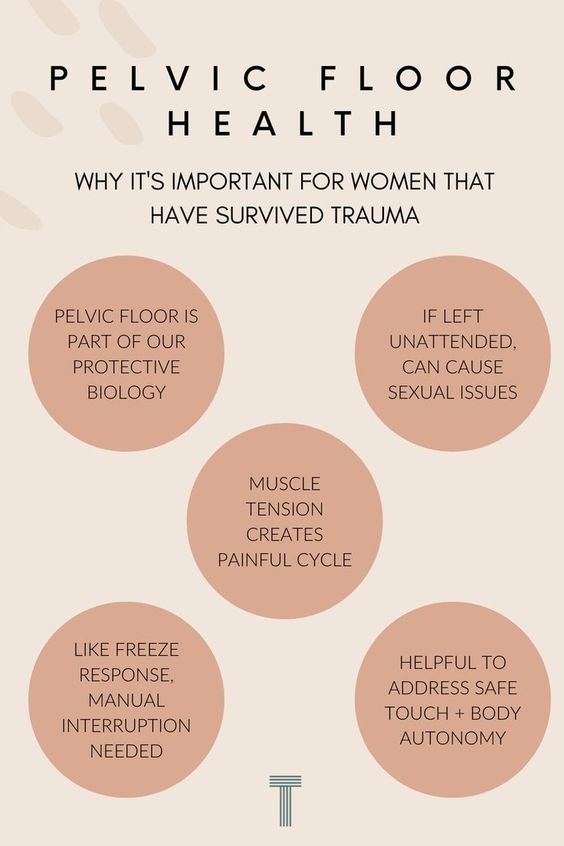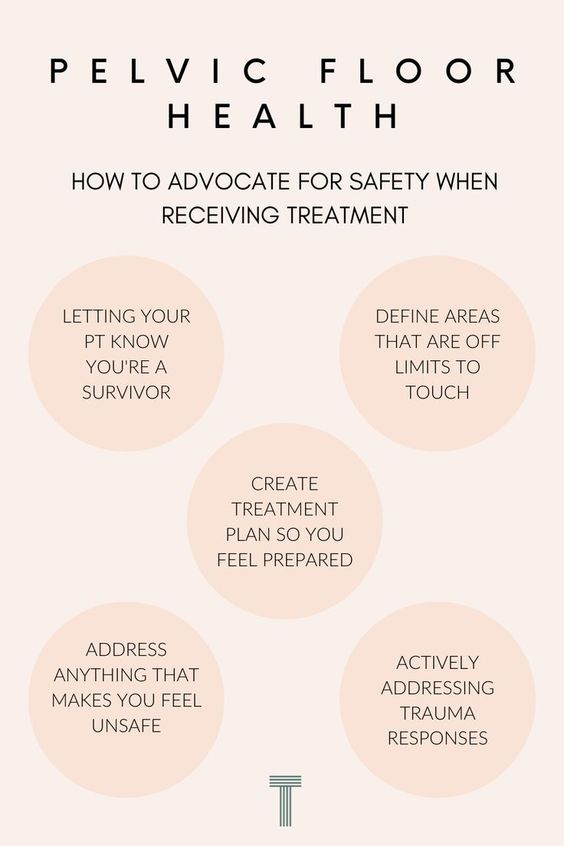How Trauma Impacts the Pelvic Floor

Post created in partnership with Origin Physical Therapy + Traumastery
Instagram: @theoriginway, @drquincee and @drmeganjohnson for more information
Trigger warning: sexual assault
The body and mind work together
You’ve heard us say this at Traumastery but trauma does not just impact the mind. We are not just bodies walking around the world. We are an integrated being and when trauma happens, it impacts everything. That means when trauma happens, the impacts ripple through our mental, emotional, and physical experiences.
So let’s talk about the female body, shall we? The female body is a powerful and sensitive entity. The body has a way of noting, categorizing and making sense of our experiences. For women that have experienced trauma, we might need the help of professionals to help us manage the impact of this trauma on the body.
Traumas can come in all shapes, sizes and experiences. Some women are trying to heal after traumas like sexual assault and complex histories of body violation. Other women have vaginal or belly birth experiences that leave them feeling overwhelmed, riddled with anxiety, and traumatized. When these things happen, the trauma symptoms are overwhelming. It’s helpful to seek the help of a psychologist or therapist, as well as a trained physical therapist to help address physical issues with the pelvic floor.

Trauma in the body
Here’s what our friends at Origin Physical Therapy say about the role of the pelvic floor:
“Your pelvic floor is the natural guardian–think of it as the first line of defense–against trauma in your body. It naturally contracts and tightens when a person is experiencing trauma (Vanderbilt, 2001). Your pelvic floor is literally your body’s center and involved in your most basic bodily functions like breathing and pooping, so as you might imagine, if that tenses up there can be a whole host of negative side effects. Similarly, doing work to release the tension in your pelvic floor can hold enormous benefits.
When your pelvic floor reflexively tightens up during trauma you might ultimately feel that tightening impact all sorts of functionality and day-to-day activities including (but defintiely not limited to) painful sex. Your brain remembers that initial trauma and then instinctively tenses up to try to protect the body from that happening again and that makes sense! Your body intuitively wants to protect you. However, tension all of the time isn’t ideal for anyone. Physical therapy can retrain and teach your brain that something being near or in your vagina does not have to be a threat and can ultimately help you (and your body) regulate this response.”
Birth Trauma
Here’s what our friends at Origin Physical Therapy say about the pregnancy and the experience of giving birth:
“Giving birth is a huge undertaking, after all many scientists compare the act of labor and delivery to that of an Ironman or a 100-mile marathon. It’s unsurprising then that your body is susceptible to injury during that process. From perineal tearing or scarring, c-section scarring, POP (pelvic organ prolapse), to super tight muscles inside and outside the pelvis.
The aftermath of birth trauma depends on every person, your experience and what kind of recovery support you have but it’s completely normal postpartum to face difficulties with doing daily activities such as caring for your child, exercising or even going to the bathroom–but with the right support systems and physical therapy recovery plan it does not have to be your “new normal.” Living through these symptoms can often feel both scary and isolating, from either not knowing how to deal with it, feeling like you’re the only one, or not knowing what to do, not to mention caring for a newborn on top of all of this. But you’re not alone and physical therapy is a great foundation for improving both your overall function and some major wins in the quality of your daily life.”
Getting back in your body
Here’s what our friends at Origin Physical Therapy say about getting back in touch with your body:
“In the words of Maggie Rogers, let’s figure out how to get you back in your body–feeling in control of whatever your physical goals are on your personal recovery journey. So, what does physical therapy look like for a person experiencing trauma? We’ll walk you through what you might expect and how it can work to make you feel better in your day to day.
If you’ve experienced a trauma in your body it’s really important to communicate that up front to your physical therapist so they can make sure to check in with you during your initial evaluation and respect any boundaries or areas that might be extremely sensitive or off limits for you. Consent is key–always, but especially in physical therapy–so our team wants to make sure they’re never doing anything that would make you uncomfortable.
Physical therapy can be great for addressing a lot of trauma being held in the body, that can be everything from hypertonic (this really tight) muscles, prolapse, c-section scar sensitivity work and perineal tearing.
In addition to manual massage and muscle work we believe that movement is medicine, so our team will walk you through a series of exercises and stretches that you can do during your session as well as at-home on your own that are targeted at reaching your goals. The power of these exercises can support everything from reducing muscle tension, to lengthening muscles, improving strength, and even improving overall body mechanics.”

Tools for Healing
It’s worth mentioning that sometimes physical therapists need a little help. There’s a ton of tools out there to help your body on the path to healing. Here’s a few tools that a physical therapist might use:
➕ Dilators to help decrease pain with sex
➕ Pelvic trainers and biofeedback tools to help your PT get a visual representation of what’s going on with your muscles
➕ Ohnut tool might be recommended to limit the amount of insertion if and when you’re ready to return to sex
It’s easy to feel struck after experiencing a traumatic event but you deserve to feel good in both your body and mind. Finding the right emotional support network–Traumastery is a great example–or working with a pelvic floor physical therapist, can be a powerful tool once you’re comfortable to heal you inside out.
Looking for something a bit more intensive? We are hosting a Coping Skills group open to all 50 states (and internationally!) for those looking for new coping skills. This group will teach you how to cope with and process your emotions using your creativity and a few supplies that you have around the house. We will begin each group with brief psychoeducation on regulating your nervous system and a prompt to begin with. Each person will work on their projects, and then we’ll have 15 minutes at the end of the group for those who choose to share about their project or their experience.
If you are looking for a more personalized, 1-on-1 experience with a coach (or maybe you aren't ready for a group setting, we get it!) we have a few coaching options available. We have coaches skilled in codependency and nervous system regulation. Book a consultation with our Coaching Matchmaker and get matched with a coach who can help you with your codependency and start your healing journey today.


